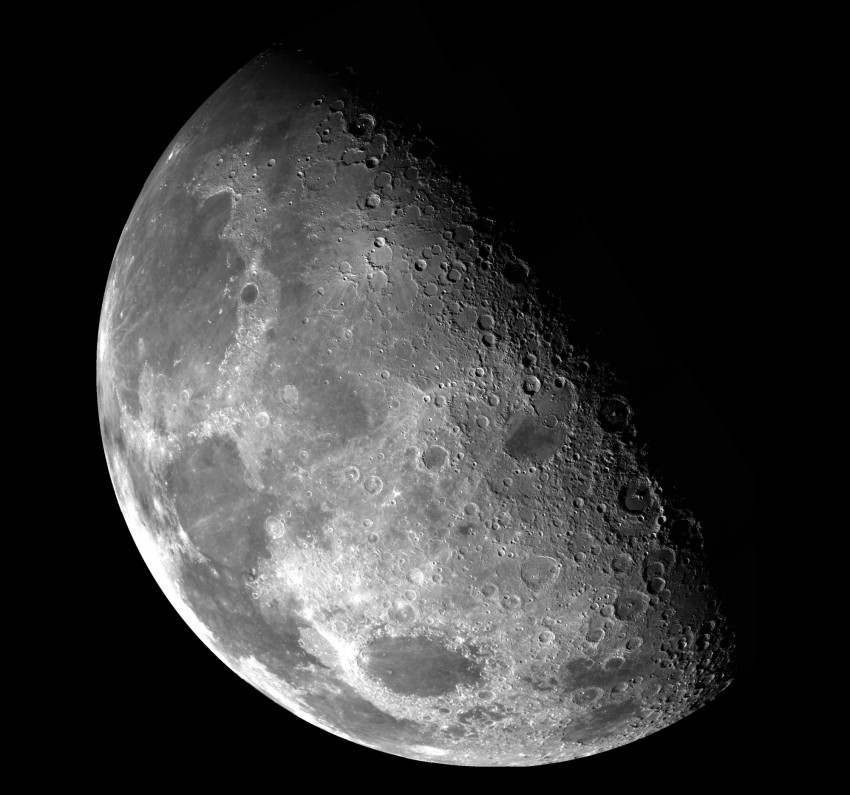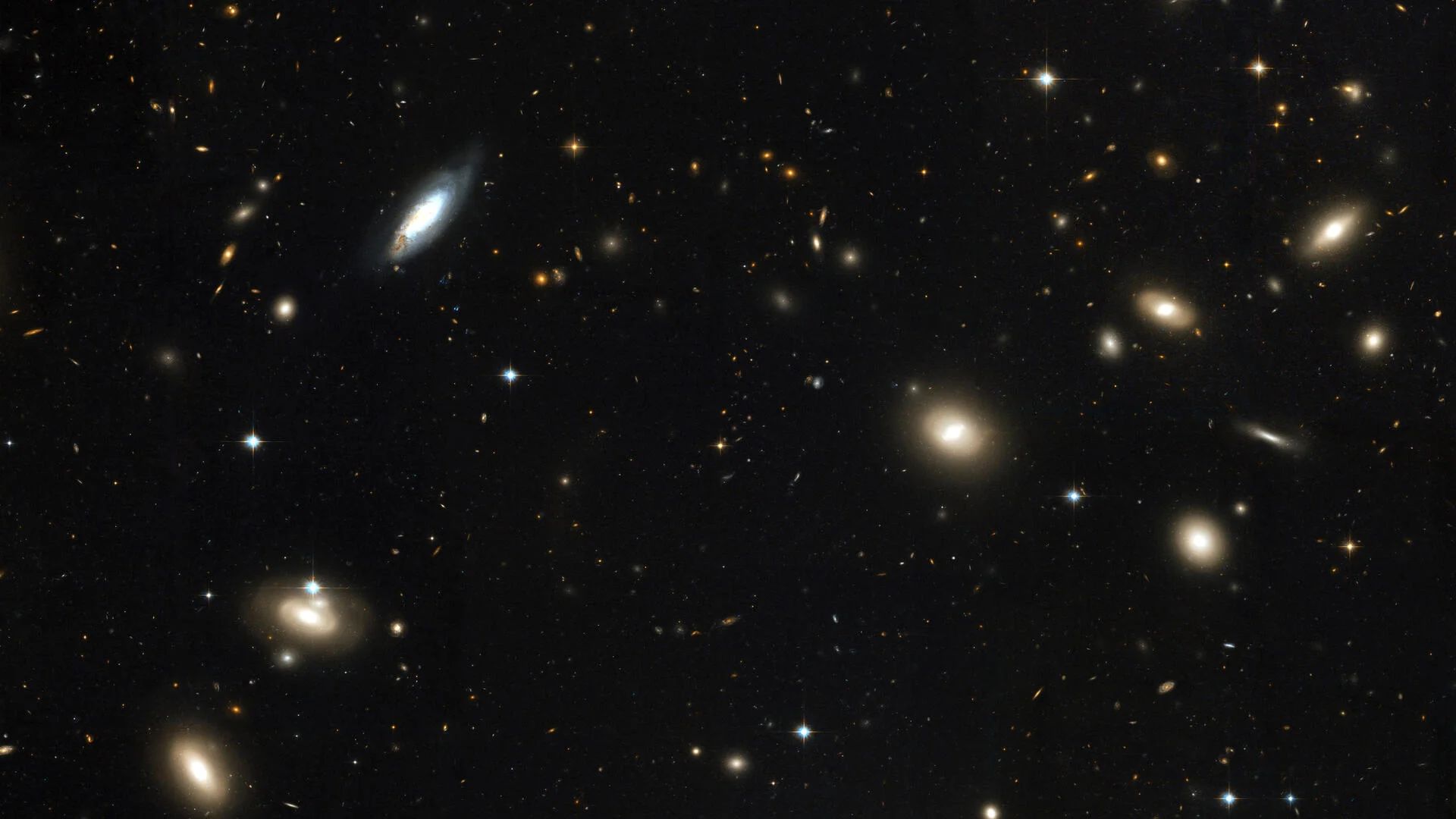In principle, from the physical side, both solar flares and superflares have the same physical mechanism, that is, here and there we are dealing with a sudden release of magnetic energy. The difference is that superflares occur on stars that have a much stronger magnetic field than the Sun, so more magnetic energy is released each time. Observations also indicate that flares on such stars sometimes occur a little differently than usual. Initially, we have a short-term high increase in brightness, and only then comes a longer but less intense secondary phase of glow. But until now, it was not known what processes are responsible for such discharge. Scientists from the University of Hawaii's Institute of Astronomy have now developed a model that can explain this unusual behavior. The results of their work have just been published in the journal Astrophysical Journal.
Ironically, we have found an explanation for the unusual behavior of young stars thanks to what we know about the flares observed on the surface of the Sun. It is worth noting here that the second, weaker phase of the superflare has not been directly observed by astronomers, but the path of changes in the brightness of the flares clearly indicates its occurrence in the case of magnetars.
Read also: Massive glow on a star. It will cleanse life on Earth
Originally, scientists suspected that the visible radiation from these massive flares, which is seen through telescopes, comes only from the star's lower atmosphere. The energy will be released when particles excited in the magnetic reconnection process fall from the hot outer layer of the atmosphere to the surface, effectively heating them. In theory, it could also be emission from coronal loops, i.e. plasma frozen in magnetic field lines. The problem is that this theory cannot be verified, because coronal loops can only be observed on the Sun.
Now astronomers using the Kepler and TESS telescopes (both telescopes are designed to search for extrasolar planets) have noticed that some stars have a special light curve, reminiscent of phenomena that occur in the Sun (late-phase solar flares), where there is an initial flare followed by a weaker and longer second. .
Read also: Will solar flare destroy our electronic devices? Experts: It is possible even at this age
So astronomers decided to check whether the same process, namely the activation of large stellar rings, could be responsible for a similar increase in brightness in the late phase of the flare. To this end, the researchers adapted simulations that had been used many times to simulate solar flare episodes. Therefore, it was sufficient to increase the length of the ring and adjust the magnetic energy. It turns out that a huge, high-density mass was inserted into the ring. The result is a very intense emission of radiation in the visible range.
Analysis of the data showed that the distinctive superflares occur when hot gas at the top of the coronal annulus cools. Under the influence of gravity, this material falls to the surface of the star in what is called coronal rain. We often observe exactly the same rain on the sun.

Echo Richards embodies a personality that is a delightful contradiction: a humble musicaholic who never brags about her expansive knowledge of both classic and contemporary tunes. Infuriatingly modest, one would never know from a mere conversation how deeply entrenched she is in the world of music. This passion seamlessly translates into her problem-solving skills, with Echo often drawing inspiration from melodies and rhythms. A voracious reader, she dives deep into literature, using stories to influence her own hardcore writing. Her spirited advocacy for alcohol isn’t about mere indulgence, but about celebrating life’s poignant moments.


![Kos (2024) – review and opinion about the film [TVP]. A difficult day in the life of Tadeusz Kosciuszko](https://pliki.ppe.pl/storage/8e684ba6000eb62cb1c5/8e684ba6000eb62cb1c5.jpg)






